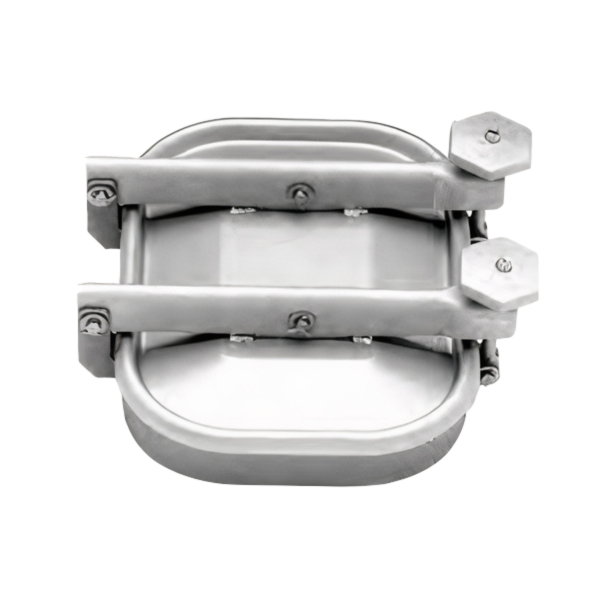
Rectangular manway
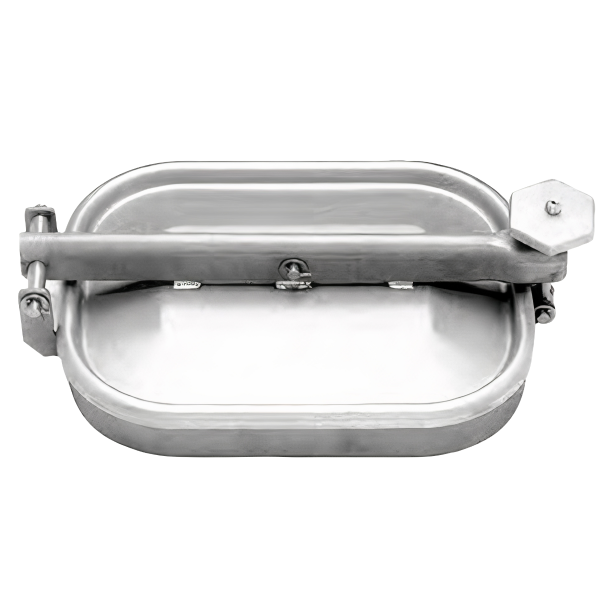
Rectangular manway
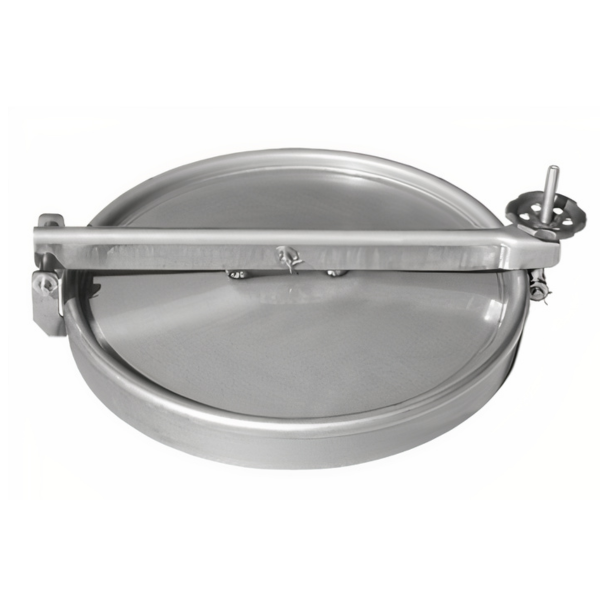
Round manway
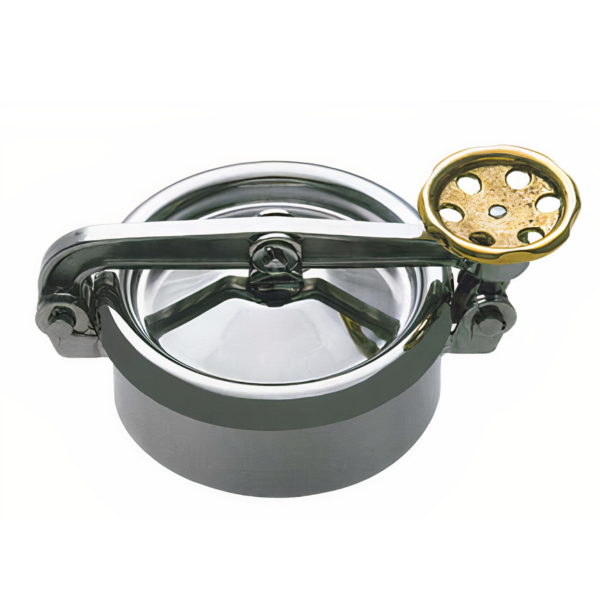
Round manway
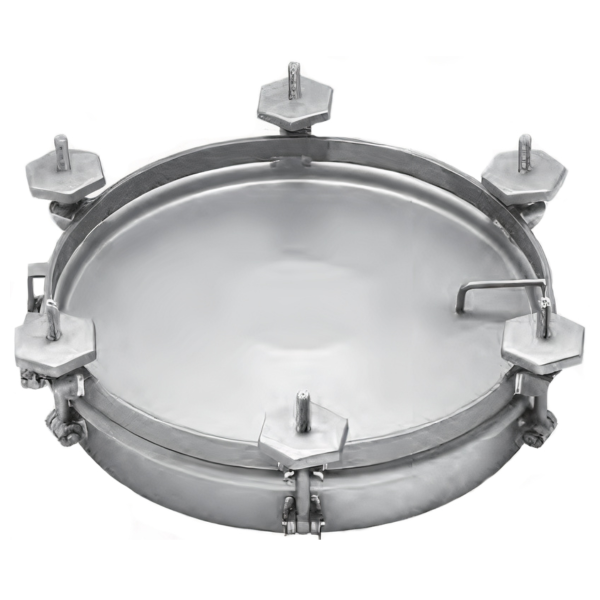
Round manway
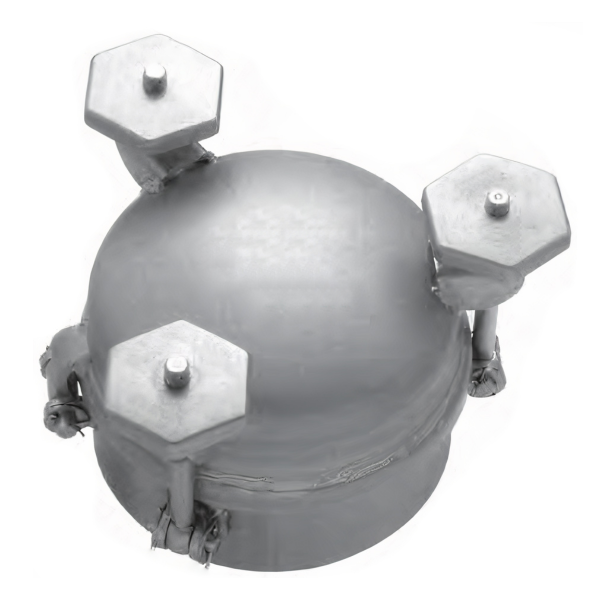
Round manway

Rectangular manway

Rectangular manway

Round manway

Round manway

Round manway

Round manway
Stainless steel manways are used as an inspection component of industrial tanks. They enable access to the interior of the chamber in which the manway is installed by opening and sliding off the lid.
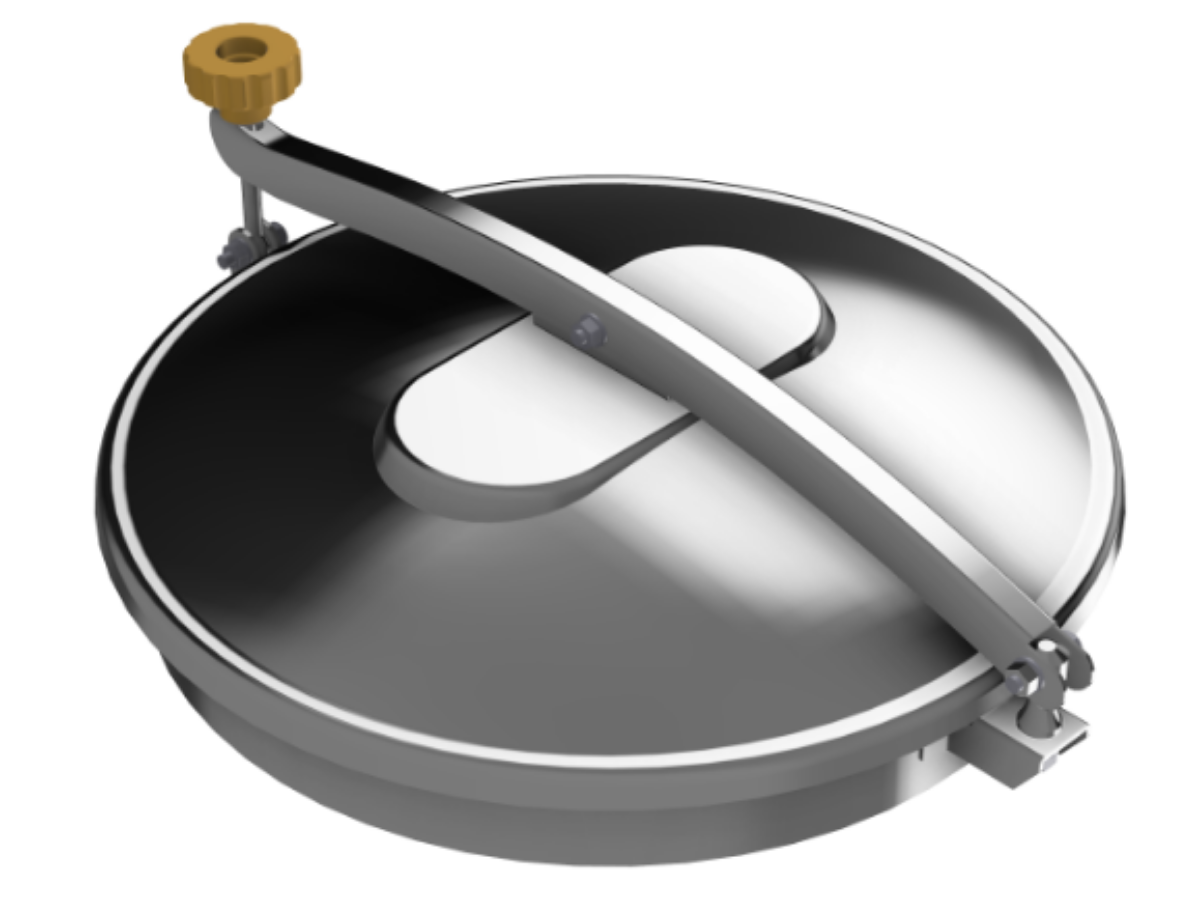
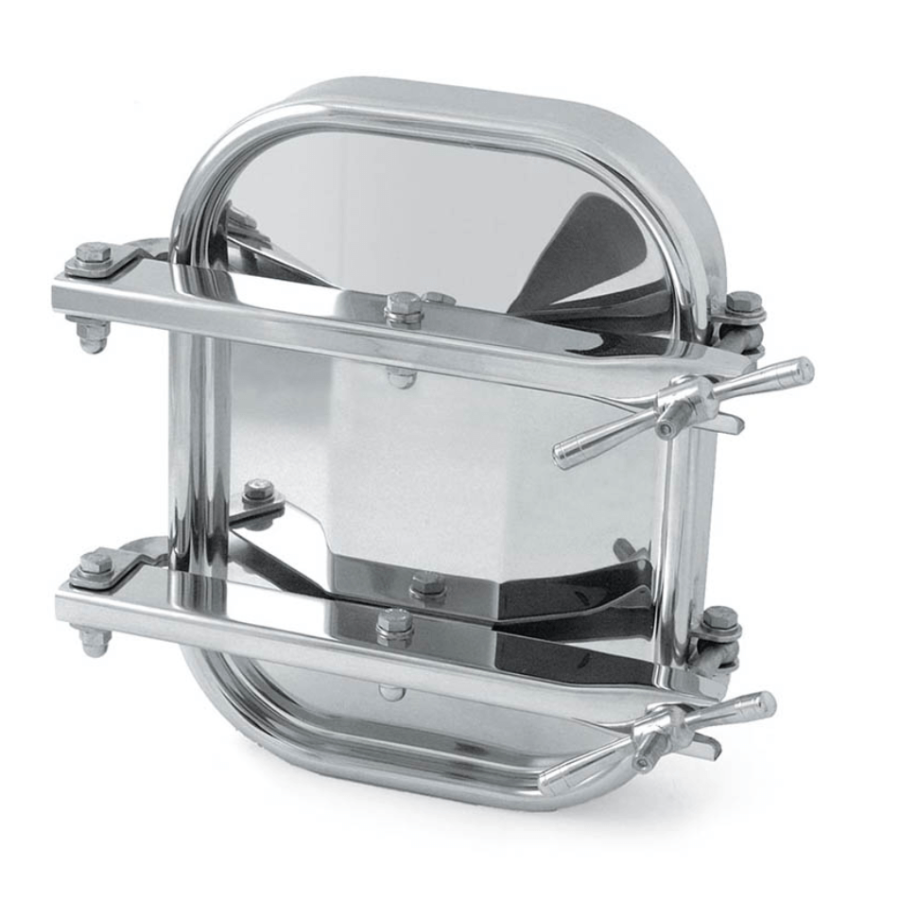
Stainless steel manways are used:
The most important feature of stainless steel manways is the material used for their production. For the most part, manways for tanks are manufactured from steel grades AISI 304/304L or AISI 316/316L. Among some models, mild steel versions are also available (for example S235JR), but these naturally lack the features typical of stainless versions.
Stainless steel manways are a broad group of products that are divided according to particular features and parameters. Thus, a distinction can be made in terms of:
In addition, important parameters in the selection of steel manways are also:
There are three groups of manways as divided by shape: round, oval and rectangular (including square).
Round manways are most often used as stainless steel tank lids mounted on top of tanks. They are used in various manufacturing processes where they serve a function:
Round manways are available in both non-pressure and pressure versions. The round manway range is also the most numerous and most popular category of manways.
Rectangular manways are a group of products with a very diverse range of dimensions and a wide range of applications. Among the rectangular manways there are models with side lengths ranging from 200 mm to 2000 mm. Rectangular manways are usually installed in the side wall of a non-pressure tank or one with relatively low operating pressure. On the other hand, some rectangular manways are used only as lids intended for installation in the upper part of tanks.
An important feature of rectangular manways is their typically low pressure resistance (generally not exceeding the range of 0.5-2.5 bar). Thus, rectangular manways mainly serve the inspection/inspection function of low operating pressure tanks.
Oval manways are a group of products that are almost always installed in the side walls of tanks. In addition, they mostly provide the ability to open the manway towards the inside of the tank. This means that this type of design is ideal for pressure tanks, where the forces inside will push against the manway.
The installation of stainless steel manways is usually carried out in the roof or in the side shell of the tank. Depending on the preferred mounting location, manways vary in their performance.
Manways for top installation are often non-pressure models (stainless steel lids). Their main task is to protect the inspection opening of the tank and the medium inside from external factors (for example, rainwater if the tank is located outside). Among the top manways, however, there are also pressure manways (equipped with more handwheels), used in various types of reactors and pressure tanks.
Side manways, on the other hand, are designed to maintain a tight seal against liquid pressure in the tank. Among side manways, oval and rectangular manways are the dominant shapes.
Stainless steel manways are divided into non-pressure and pressure manways, depending on their pressure resistance parameter.
Non-pressure stainless steel manways (also often called stainless steel lids) are designed for installation in tanks and equipment without pressurised medium inside. Their role is to protect the inspection opening of the manway and the medium in the tank from external factors. Non-pressure manways include models with pressure resistance not exceeding 0.5 bar.
Pressure manways (in addition to the function of protecting the inspection opening) offer additional sealing under pressure conditions. They are therefore suitable as equipment for units and tanks in which the medium is stored at pressures higher than 0.5 bar. Pressure manways are used, for instance, in the production of beer (CCT or BBT tanks), sparkling wine, and specialised pressure reactors. PED certification is available for specialised pressure models to confirm the pressure resistance and material quality of the manway.
Stainless steel manways are typically designed to be welded into a stainless steel base. This is provided by a manway mounting frame of a specific size and thickness, which is a structural part that is directly welded to the stainless tank shell.
However, there are versions of stainless steel manways suitable for installation in bases other than stainless steel – these include:
Stainless steel manways are very frequently used in food and beverage production plants. Commonly seen:
Another area where stainless steel manways serve their purpose perfectly are tanks and reactors in the chemical, cosmetic and biotechnological industries. They are also used wherever high hygienic requirements or corrosion resistance are critical to the production process and the safety of the end product.
We use cookies